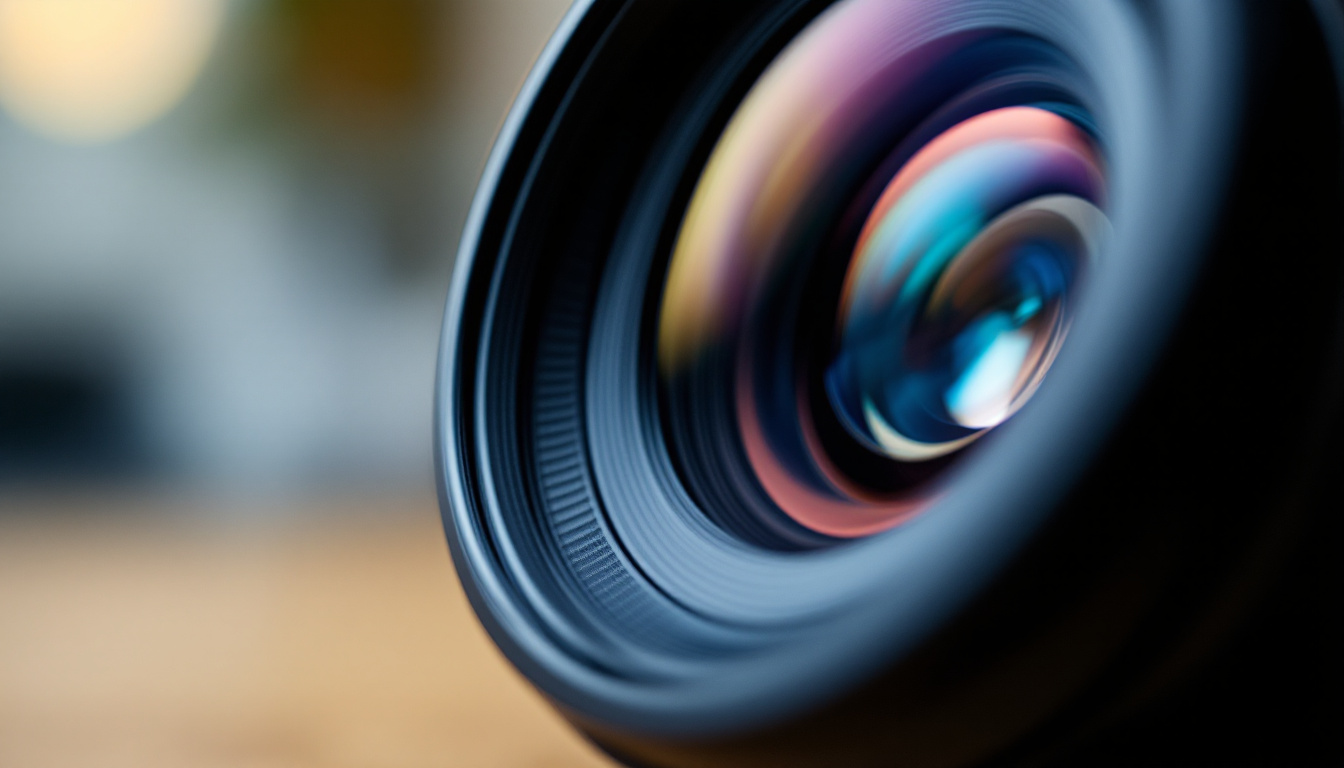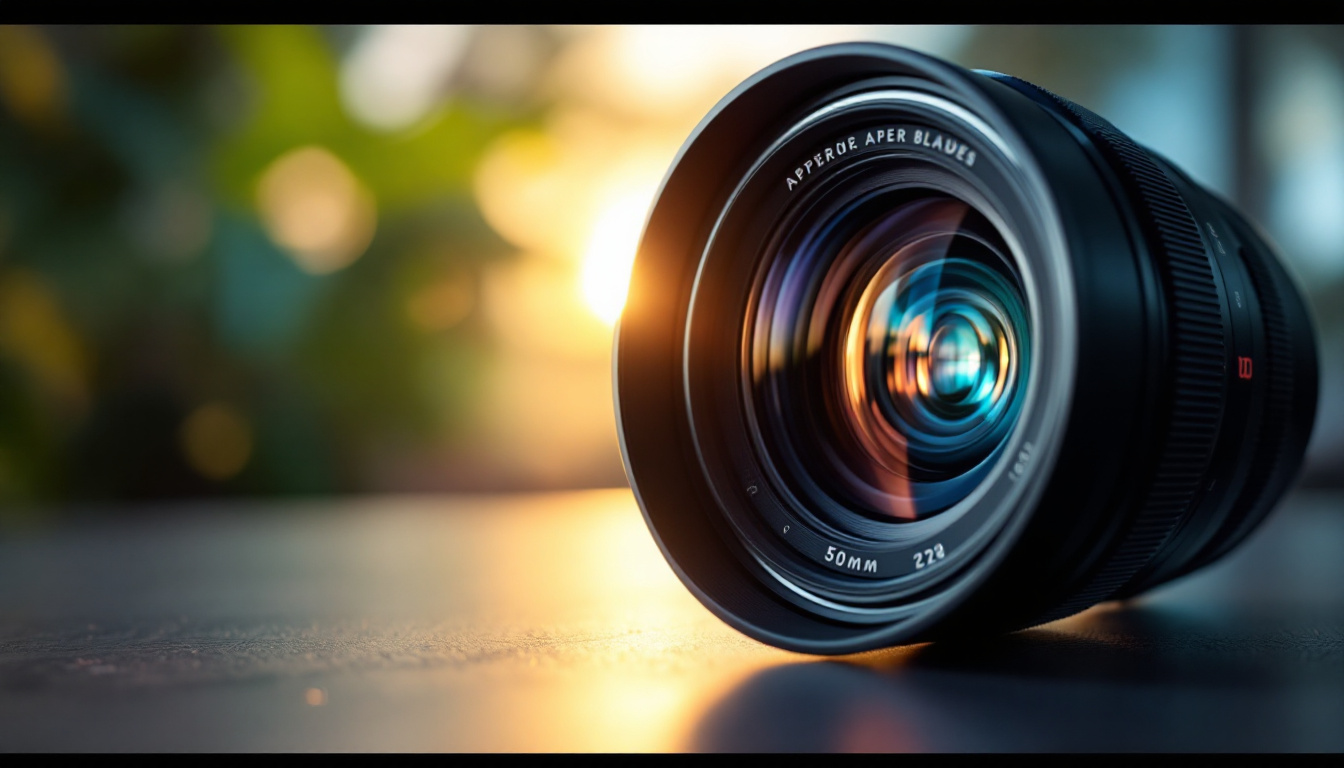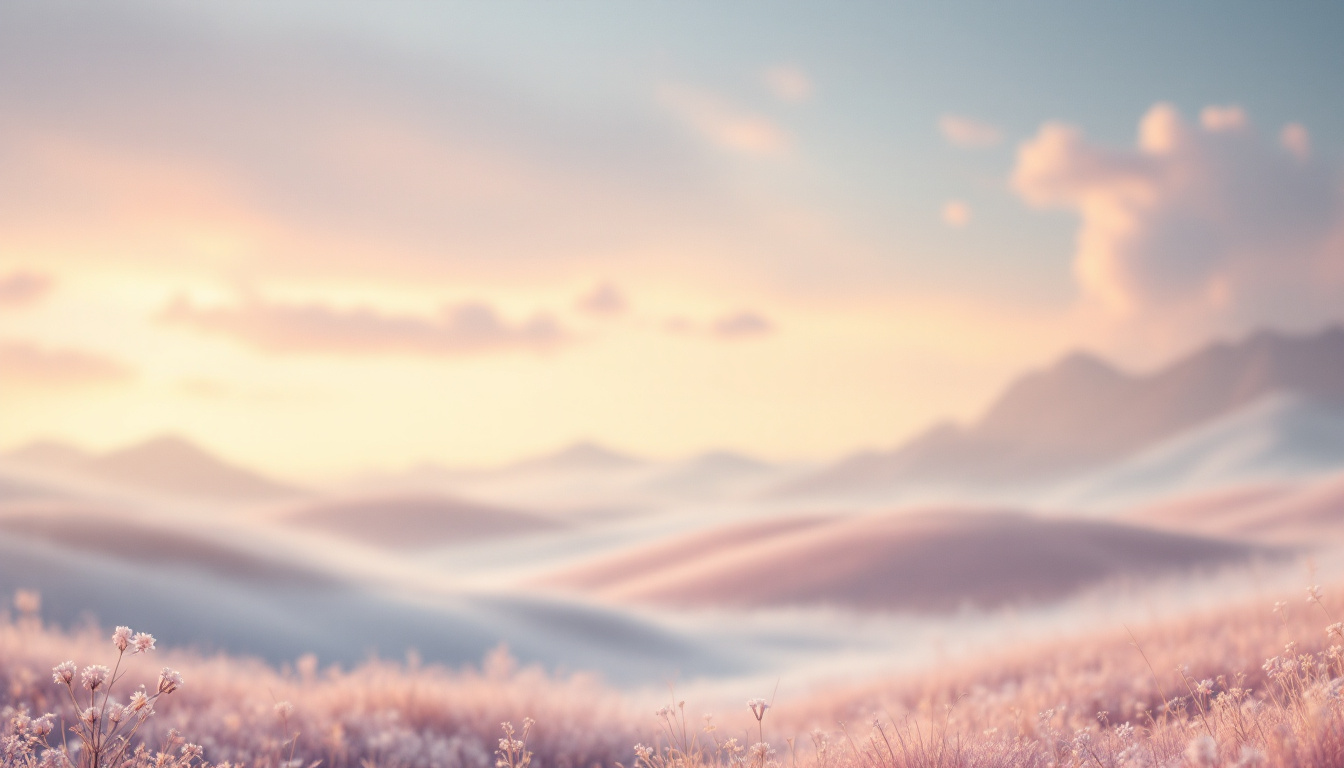Aperture is one of the fundamental concepts in photography that significantly influences the outcome of an image. It is a crucial component of the exposure triangle, which also includes shutter speed and ISO. Understanding aperture is essential for photographers who wish to have greater creative control over their images. This guide delves into the intricacies of aperture, explaining what it is, how it works, and its impact on your photography.
Understanding Aperture
Aperture refers to the opening in a camera lens through which light passes to enter the camera body. It is similar to the pupil of an eye, which expands and contracts to control the amount of light that reaches the retina. In photography, the size of the aperture is expressed in f-numbers or f-stops, such as f/2.8, f/4, f/5.6, and so on.

The f-number is a ratio of the lens’s focal length to the diameter of the aperture. A lower f-number indicates a larger aperture, allowing more light to hit the camera sensor, while a higher f-number means a smaller aperture, letting in less light. This relationship is crucial for photographers to master, as it affects both exposure and depth of field.
Aperture not only controls the brightness of an image but also influences the depth of field, which is the range of distance within a photo that appears acceptably sharp. A larger aperture (smaller f-number) results in a shallow depth of field, creating a blurred background effect, while a smaller aperture (larger f-number) increases the depth of field, keeping more of the scene in focus.
How Aperture Affects Exposure
Exposure in photography is determined by the amount of light that reaches the camera sensor. Aperture plays a vital role in this process by regulating the light intake. A wide aperture (e.g., f/1.8) allows more light to enter, which is beneficial in low-light conditions, enabling faster shutter speeds and lower ISO settings.

Conversely, a narrow aperture (e.g., f/16) restricts light, which can be advantageous in bright conditions to prevent overexposure. Photographers often adjust the aperture setting in conjunction with shutter speed and ISO to achieve the desired exposure, balancing the three elements of the exposure triangle.
It’s important to note that changing the aperture affects the exposure value. For instance, moving from f/2.8 to f/4 reduces the light entering the camera by half, requiring adjustments in shutter speed or ISO to maintain the same exposure level. Mastering these adjustments is key to achieving well-exposed photographs in varying lighting conditions.
The Impact of Aperture on Depth of Field
Shallow Depth of Field
A shallow depth of field is characterized by a sharp subject against a blurred background. This effect is achieved by using a wide aperture, such as f/1.4 or f/2.8. It is particularly useful in portrait photography, where the focus is on isolating the subject from the background, creating a pleasing bokeh effect.
Photographers often use a shallow depth of field to direct the viewer’s attention to a specific part of the image, emphasizing the subject while de-emphasizing distracting elements in the background. This technique is also popular in macro photography, where it helps to highlight small details.
Deep Depth of Field
A deep depth of field keeps more of the scene in focus, from the foreground to the background. This is achieved by using a narrow aperture, such as f/11 or f/16. Landscape photographers frequently use this technique to ensure that the entire scene, from nearby elements to distant horizons, is sharp and detailed.
When shooting with a deep depth of field, photographers can capture intricate details across the entire frame, making it ideal for architectural photography and scenes where clarity and detail are paramount. However, using a narrow aperture often requires slower shutter speeds or higher ISO settings to compensate for the reduced light intake.
Choosing the Right Aperture for Your Photography
Portrait Photography
In portrait photography, a wide aperture is often preferred to create a shallow depth of field. This helps to isolate the subject from the background, drawing attention to facial features and expressions. Apertures like f/1.8 or f/2.8 are commonly used to achieve this effect, providing a soft, blurred background that enhances the subject.
Photographers should also consider the distance between the subject and the background, as well as the focal length of the lens, to optimize the depth of field. Longer focal lengths combined with wide apertures can produce even more pronounced background blur, adding a professional touch to portraits.
Landscape Photography
For landscape photography, a deep depth of field is typically desired to ensure that all elements of the scene are in focus. Apertures like f/11 or f/16 are commonly used to achieve this effect, capturing sharp details from the foreground to the horizon.
When shooting landscapes, photographers often use a tripod to stabilize the camera during longer exposures required by narrow apertures. This allows for lower ISO settings, minimizing noise and preserving image quality. Additionally, using hyperfocal distance techniques can further enhance sharpness across the entire frame.
Macro Photography
Macro photography often benefits from a shallow depth of field to emphasize small details and textures. Wide apertures such as f/2.8 or f/4 are used to create a narrow focus plane, isolating the subject from the background and highlighting intricate features.
However, achieving the desired depth of field in macro photography can be challenging due to the close proximity to the subject. Photographers may need to experiment with different aperture settings and focus stacking techniques to achieve the desired level of detail and sharpness.
Conclusion
Aperture is a powerful tool in a photographer’s arsenal, offering creative control over exposure and depth of field. By mastering aperture settings, photographers can enhance their ability to capture stunning images across various genres, from portraits to landscapes and macro photography.

Understanding how aperture interacts with shutter speed and ISO is essential for achieving the desired exposure and artistic effects. Whether you’re aiming for a beautifully blurred background or a sharply detailed landscape, the right aperture setting can make all the difference in your photography journey.
Experimenting with different aperture settings and observing their effects on your images will deepen your understanding of this fundamental concept, empowering you to take your photography skills to new heights.
Now that you’ve honed your understanding of aperture and its impact on your photography, take the next step in streamlining your professional workflow with Cliqora. Our platform is designed to simplify how you share your stunning images with clients, offering super fast resumable uploads and permanent access through our mobile app. With Cliqora’s AI face detection, you can share your work with precision and ease, without the hassle of physical storage or generic sharing solutions. Plus, manage your clients, contracts, and payments all in one place. Ready to elevate your photography business? Register for Early Access and create your first project on Cliqora for free!



